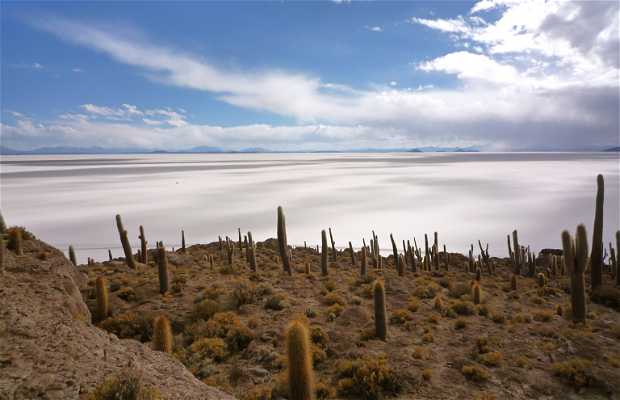Top 5 places in the entire world
The Uyuni Salt Flats are among my top 5 places in the entire world, although you could say they're of another world, because from the time you leave the town of Uyuni until when you return four days later you won't stop seeing incredible things like island of cactus in a sea of salt, a highway over a mirror of water, cold geysers, hot geysers, petrified forests, colored lagoons of green, blue, red, yellow and the thousands of flamingos that live there, curious animals like the viscacha, and the imposing sight of active volcanos over 5,000 meters high. In winter, the temperatures can sink to -20












